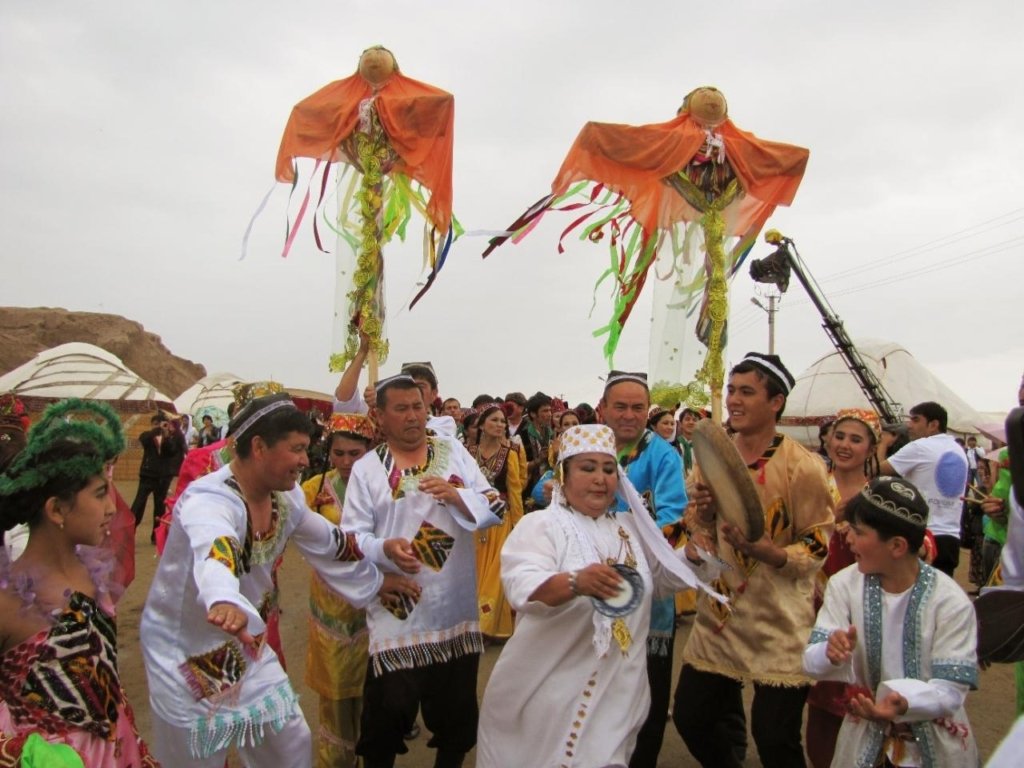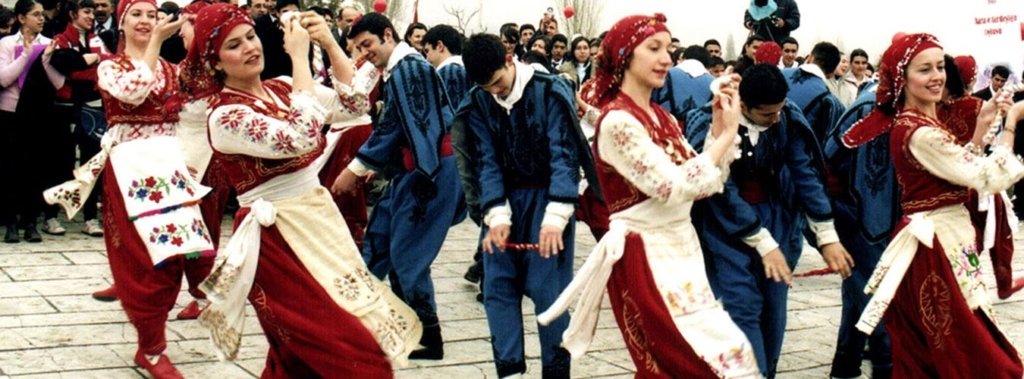News Desk
Nowruz — the Persian New Year holiday observed on the spring equinox — is a celebration of love, fertility, and spiritual renewal that spreads a message of hope far and wide. It is observed in the Middle East, the Caucasus, Central Asia, High Asia (Kashmir, Gilgit-Baltistan, Chitral), and South Asian countries (Afghanistan, Pakistan and India).
Marking one of the holiest days of the ancient Zoroastrian calendar, Nowruz is an annual event that honors our common Silk Roads heritage, traditions, and culture with the birth of spring, according to Unesco. Although celebrated in various different countries, the festive celebration promotes peace, prosperity, and solidarity within communities by recognizing the significance of our pluralistic identities.
Nowruz is an historic rite observed annually on 21 March in many countries along the Silk Roads. This marks the New Year, announces spring, and the rebirth of nature.
This cross-cultural celebration means Now –new– and ruz –day– in Persian. Therefore, Nowruz signifies new day, and symbolizes new beginnings. People from different religious and cultural backgrounds celebrate Nowruz. The return of spring has a great spiritual significance, symbolising the triumph of good over evil, and joy over sorrow.
These invaluable traditions have been passed down from generation to generation along the Silk Roads. Nowruz provides an opportunity not only to enjoy ancient cultural customs, but also to promote peace and solidarity within towns and communities.
Over time, Nowruz has developed and expanded, incorporating new social, religious, and cultural influences. Although the traditions and customs of Nowruz vary from country to country, there are many unifying features. In most regions, before the festival people perform ritual dances such as leaping over fire and streams. Many households also replenish their water supplies on the last Wednesday of the year.
Another common ritual and widespread tradition is the preparation of a Nowruz table. The objects on the table symbolise purity, brightness, abundance, happiness, and fertility for the New Year. On Nowruz day, people feast, visit family members and friends, and exchange gifts. These practices are a good way to socialize with loved ones and strengthen deep-rooted bonds of friendship. Nowruz is also an occasion for traditional cultural activities, combining common practices with local customs, such as poetry, music, open-air festivities or local street performances.
With origins rooted in Zoroastrianism, Nowruz has been a vivid reflection of one many Silk Roads’ common heritage themes. It is celebrated in Afghanistan, Azerbaijan, India, Iran, Iraq, Kyrgyzstan, Kazakhstan, Pakistan, Tajikistan, Turkey, Turkmenistan and Uzbekistan. Consequently, Nowruz marks one of the holiest days in the ancient Zoroastrian calendar, dating back to at least the 6th century BCE.


In recognition of the importance of this ancient rite, Nowruz was inscribed on UNESCO’s Representative List of the Intangible Cultural Heritage of Humanity in 2009. Moreover, in 2010, United Nations General Assembly proclaimed 21 March International Nowruz Day. In this way, the General Assembly provides a statement every year. Regarding this importance, in her message on the occasion of 2018 Nowruz day, Ms Audrey Azoulay, Director-General of UNESCO, says: “UNESCO gladly joins this promise and these festivities. Nowruz celebrations take different forms depending on the region of the world you are lucky enough to attend them in, making them a perfect demonstration of the diversity and inventiveness of human cultures. In this respect, they remind us that our common heritage, whose preservation and dissemination is UNESCO’s mission, does not only concern monuments, objects and landscapes, but also practices, beliefs, knowledge and traditions, an intangible heritage which is just as precious and sometimes more fragile, since it relies solely on memory and transmission. Happy Nowruz to everyone!”

https://www.rferl.org/a/welcoming-spring-norouz-celebrations/32871279.html
About 300 million people across the world celebrate Persian New Year – or Nowruz – on March 21. The 3,000-year-old festival begins on the first day of the year in the Iranian calendar, and is also a celebration of Spring. People in countries including Iran, Tajikistan, Turkey and Iraq will be welcoming the start of the year 1398, explains the BBC’s Samar Salekipour. http://bit.ly/1rbfUog

The High Asia Herald is a member of High Asia Media Group — a window to High Asia and Central Asia

